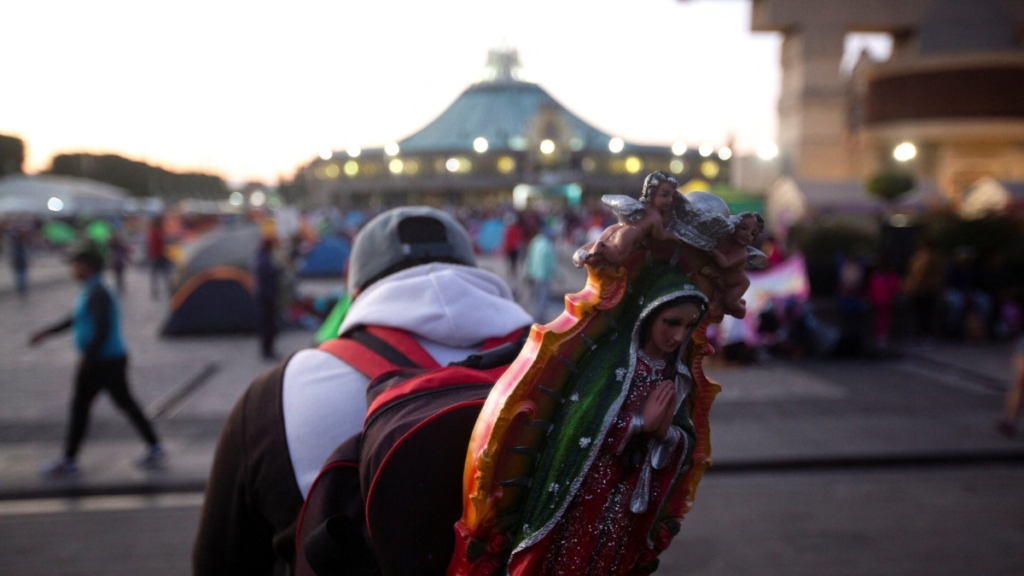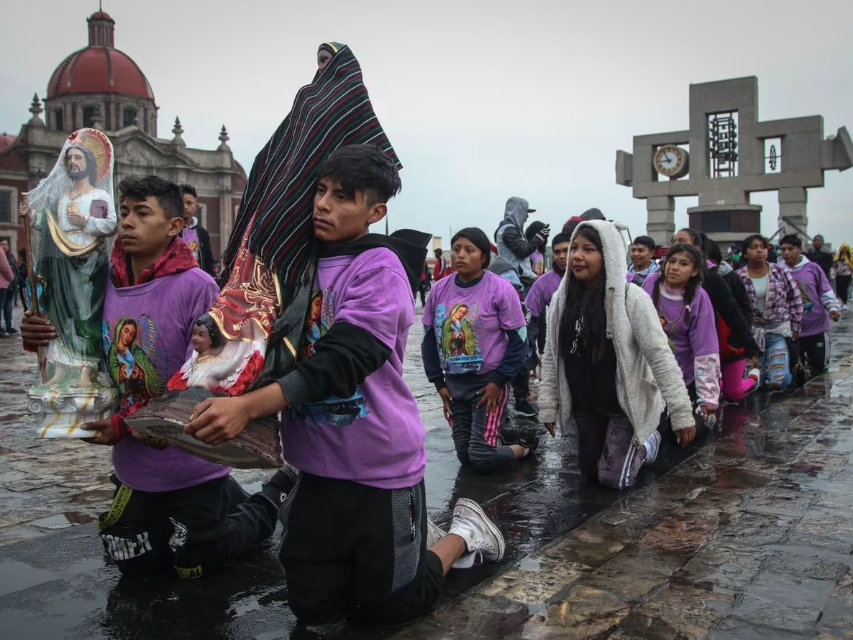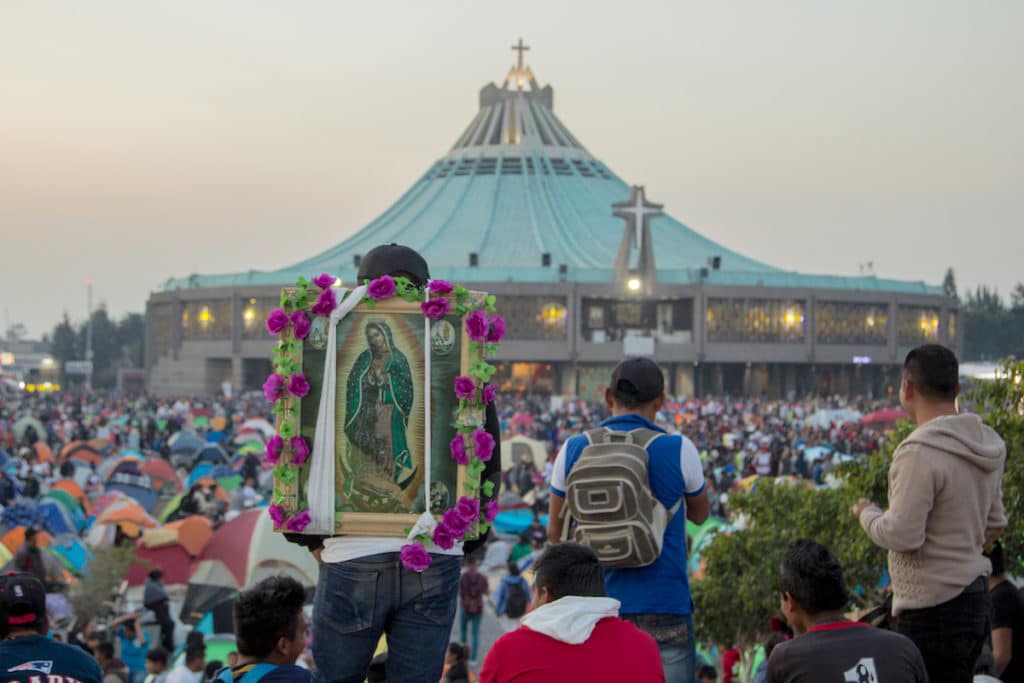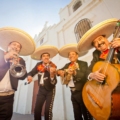Mexico, a land deeply steeped in tradition and spirituality, is renowned for its vibrant and diverse peregrinations, or pilgrimages. These sacred journeys hold immense cultural significance and play a central role in the religious and social fabric of the country, drawing pilgrims from all walks of life to embark on spiritual quests of faith and devotion.
Historical Roots
The tradition of pilgrimages in Mexico dates back centuries, with many routes tracing their origins to pre-Hispanic times. Indigenous peoples would embark on arduous journeys to sacred sites and temples, seeking blessings from the gods and spirits of the land. With the arrival of Catholicism, these ancient routes were often adapted to incorporate Christian beliefs and practices, creating a syncretic fusion of faiths.
Modern-Day Pilgrimages
Today, pilgrimages in Mexico encompass a wide range of religious and cultural expressions, from the iconic journey to the Basilica of Our Lady of Guadalupe in Mexico City to the annual trek to the Shrine of Our Lady of Zapopan in Jalisco. Pilgrims travel on foot, by bicycle, or even on horseback, traversing rugged terrain and braving the elements to reach their sacred destinations.

Spiritual Renewal
For many pilgrims, the journey itself is a transformative experience, offering moments of introspection, prayer, and spiritual renewal. Along the way, pilgrims form deep bonds of camaraderie and solidarity, sharing stories, songs, and prayers as they navigate the physical and emotional challenges of the pilgrimage.
Pilgrimages in Mexico are a testament to the enduring power of faith and the profound connection between spirituality and culture. Whether embarking on a centuries-old pilgrimage route or participating in a modern-day procession, pilgrims in Mexico find solace, strength, and inspiration in their shared journey of devotion and reverence.




